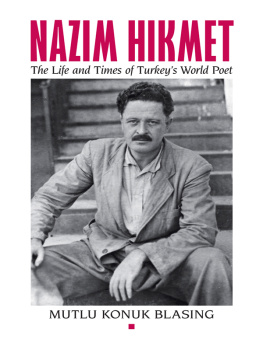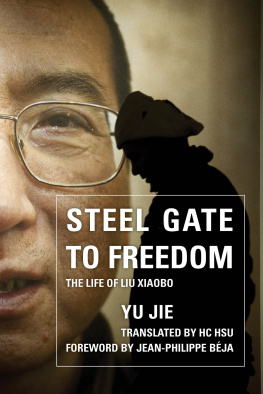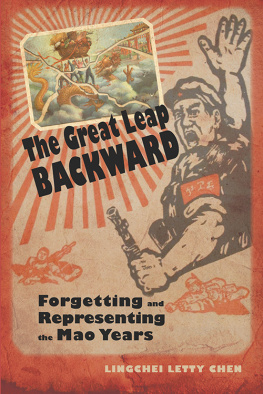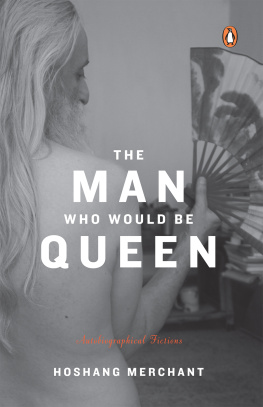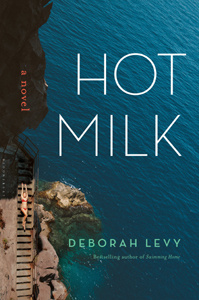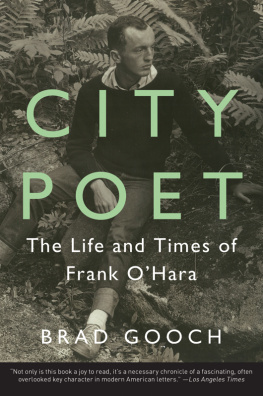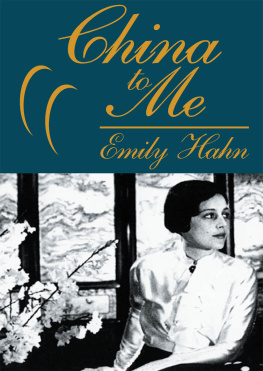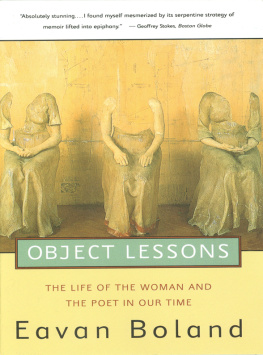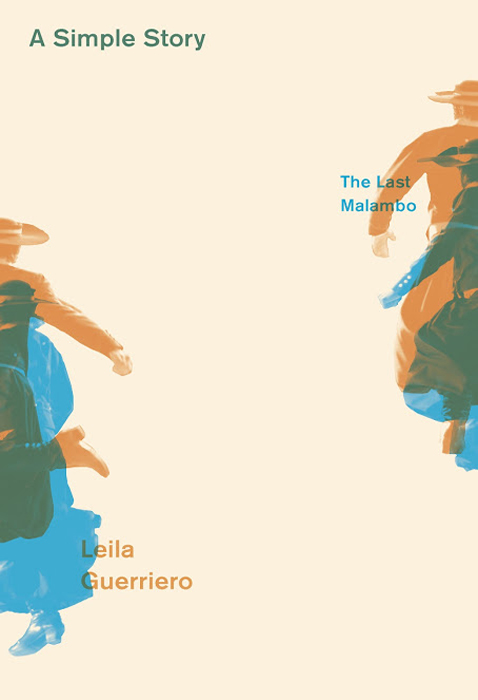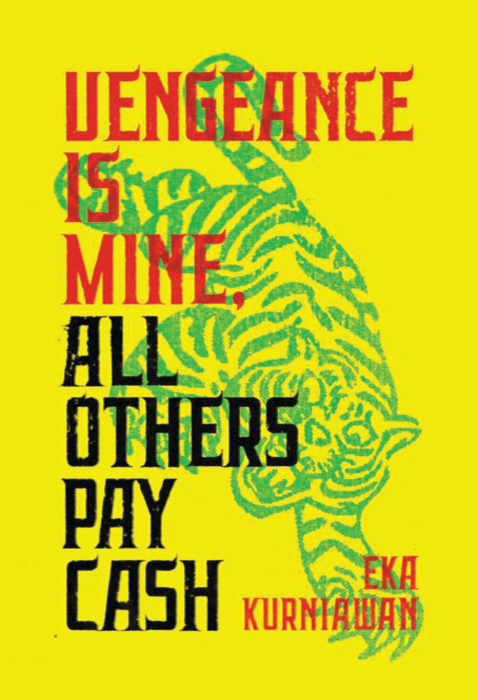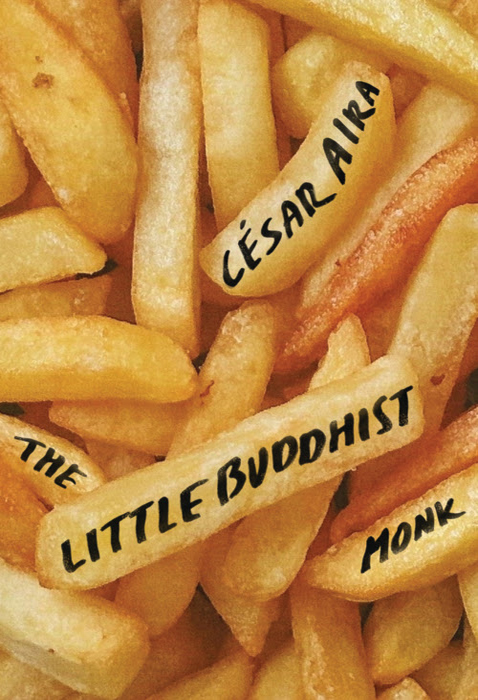City Gate, Open Up
new directions titles available as ebooks
Over eighty years of independent publishing.
ndbooks.com
Copyright 2010 by Bei Dao
Translation copyright 2017 by Jeffrey Yang
All rights reserved. Except for brief passages quoted in a newspaper, magazine, radio, television, or website review, no part of this book may be reproduced in any form or by any means, electronic or mechanical, including photocopying and recording, or by any information storage and retrieval system, without permission in writing from the Publisher.
Manufactured in the United States of America
New Directions Books are printed on acid-free paper
First published as New Directions Paperbook 1371 in 2017
Design by Eileen Baumgartner
Library of Congress Cataloging-in-Publication Data
Bei Dao, 1949 author. | Yang, Jeffrey, translator.City Gate, Open Up / Bei Dao ; translated by Jeffrey Yang.Other titles: Cheng men kai. EnglishDescription: New York: New Directions, 2017.Identifiers: LCCN 2016039663 | ISBN 9780811226431 (alk. paper)
Subjects: LCSH : Bei Dao, 1949 | Poets, Chinese 20th century Biography. Classification: LCC PL2892.E525 Z46 2017 | DDC 895.11/52 [ B ] dc23
e ISBN : 9780811226448
New Directions Books are published for James Laughlin
by New Directions Publishing Corporation
80 Eighth Avenue, New York 10011
ndbooks.com
For Tiantian and Dodo
City gate, city gate how tall are you?
Three hundredand sixty feet tall!
What sort of lock is that on you?
A giant iron-diamond lock!
City gate, city gate will you open up or not?
from a nursery rhyme
Contents
.
preface
My Beijing
T oward the end of 2001, my father fell seriously ill and I returned to a Beijing that had been cut off from me for nearly thirteen years. Nothing could have prepared me it was unthinkable Beijing had completely changed: Everything was difficult to recognize, nothing familiar. I was a foreigner in my own hometown.
I was born in Beijing and spent half my life there the momentous years of childhood and adolescence. My experiences of growing up are intimately linked with Beijing. And theyve vanished as the city that once was has also vanished.
It was during my return that the impulse to write this book ignited: I would use the written word to rebuild another city, rebuild my Beijing; I would use my Beijing to refute the Beijing of today. In my city, time flows backward, spring revives dead trees, vanished smells waft back with sounds and beams of light, demolished temples are restored with courtyard residences, along hutong streets, tiled roof rows rise in waves toward a low, low horizon line, pigeon-tail whistles echo through the deep blue sky, children appreciate the seasons transformations, residents are sustained by an inner compass. Welcoming the drifting travelers of the four seas, welcoming the homeless solitary souls, welcoming all inquisitive guests, I open my city gate.
This long-consuming task of rebuilding and reconstruction I feel its almost impossible to achieve. Memory selective, ambiguous, exclusive can subsist even in a state of prolonged hibernation. Yet writing awakens the process of remembering: Within memorys labyrinth, one passage leads into another passage, one gate opens up to face another gate.
Childhood and adolescence are of enormous significance in ones life; it can even be said that those pivotal years shape or decide nearly everything else that happens after, often long after. Looking back into the wellspring of ones early years is akin to a kind of prehistoric excavation, accompanied by whatever happiness and sorrow are discovered. If escape and return are the two ends of a road, walking even farther means drawing closer to childhood; and its precisely this primary force that pushes me toward the edge of the sea and sky.
I would like to give a special thanks to Cao Yifan neighbor, friend, classmate who not only plays a central role in this book but whose astonishing memory filled in and corrected a large number of crucial details. And of course I must thank Li Tuo and Gan Qi, two fussy readers who embolden me to write like Im always treading on thin ice.
bei dao
June 25, 2010, Hong Kong
City Gate, Open Up
Light and Shadow
1
I returned to the city of my birth at the end of 2001, after a long, unforeseen parting of thirteen years. As the plane descended, the myriad lights of the houses and buildings rushed into the portholes, whirling and spinning. I suffered a momentary shock: Beijing looked like a huge, glittering soccer stadium. It was a cold, midwinter night. After going through customs, I found three strangers with a raised sign that read Mr. Zhao Zhenkai waiting for me. Though of different height and size, they weirdly resembled one another against the glow of the arc lights, as if shadows from some other world. The welcoming ceremony was brief and silent; not until we were all seated in a sleek black sedan did they begin to speak, though it was difficult to distinguish between courtesies and threats, as the lights rushing by outside like the tide kept me distracted.
When I was a child, nights in Beijing were dark, pitch-dark, a darkness a hundredfold darker than today. So, for instance, Uncle Zheng Fanglong lived next door to my family in a two-room residence with only three fluorescent lights: eight watts in the sitting room, three watts in the bedroom, and a shared three-watt bulb that hung from a small window between the kitchen and bathroom. In other words, whenever the whole family celebrated New Years or decided to live it up on any ordinary day, they never used more than fourteen watts total those brilliant, bulb-lined full-length mirrors werent in fashion yet.
Perhaps this is an extreme example for Sanbulao (Three Never Old) Hutong No. 1, but for the rest of Beijing I fear the situation was even worse. My classmates often lived with their family in a single room with one light, and were commonly forced to observe blackouts but once the light-string was pulled.... What about homework?... Quit your lip-flapping, theres always tomorrow....
The lightbulbs were ordinarily bare, uncovered, a dim, yellow softness; a shade made a mysterious halo, projecting a single spotlight upward, and washed out the numerous subtleties of darkness. Back then girls didnt wear makeup, or even dress up, though they were strikingly beautiful, which certainly had something to do with the quality of the light. The spread of fluorescent lights turned into a disaster, painfully dazzling the eyes while blotting out the skies as they enveloped the earth without impediment or pause. As the nighttime illumination on a chicken farm pushes hens to lay more eggs, fluorescent lights create the illusion of daylight, except human beings cannot lay eggs and so they become more agitated heart vexed, thoughts confused. Whats unfortunate is that kind of feminine beauty cant exist anymore applying makeup on those ashen, worn-out faces is useless. And yet the people who suffer the most under fluorescent lights must be children. With nowhere to hide in that space erased of subtlety and imagination, they prematurely step into the savageness of a public square.


